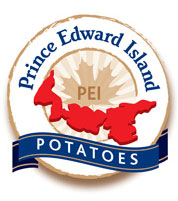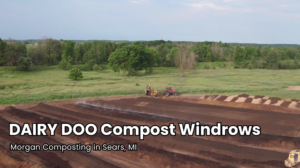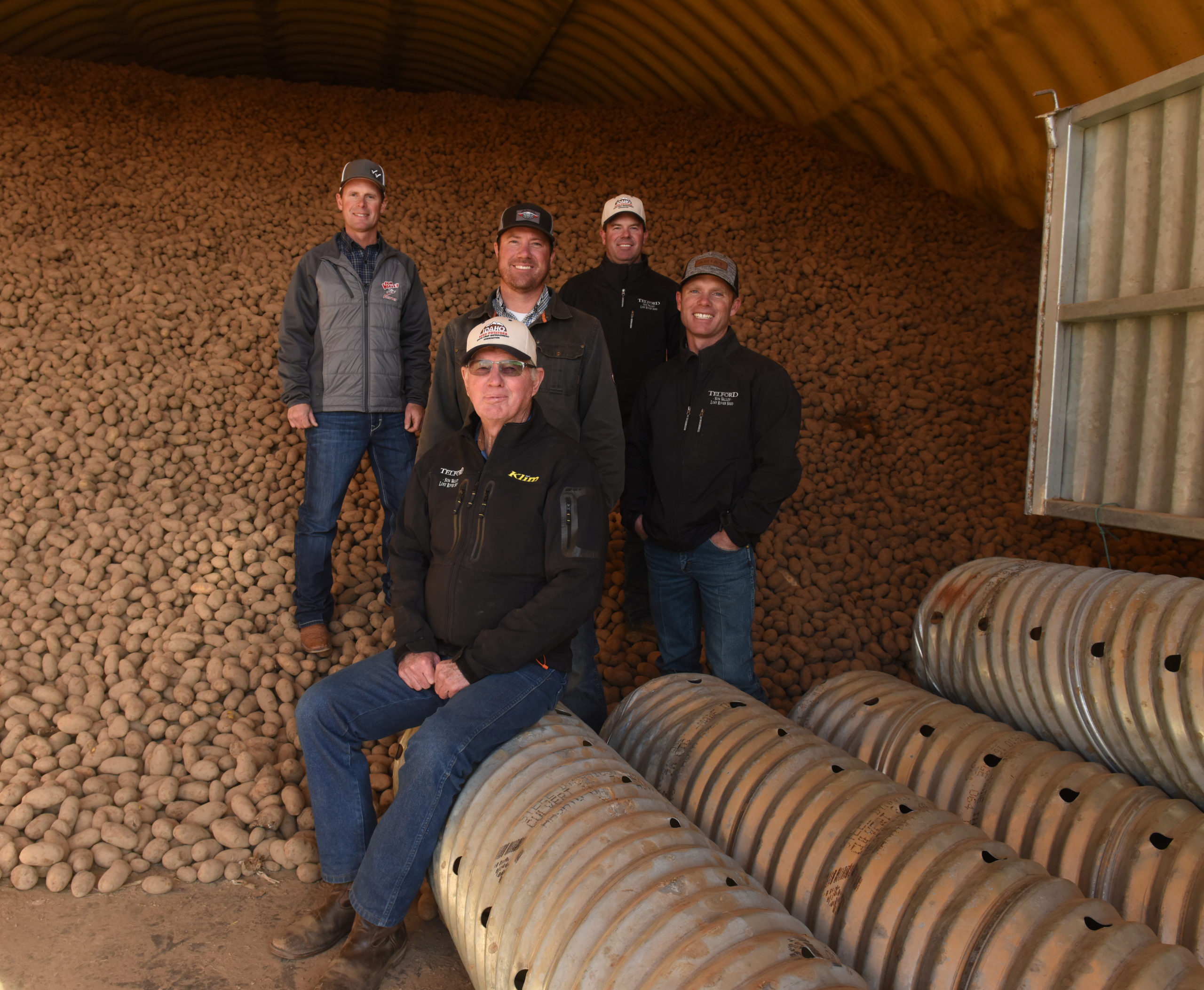Feb 8, 2022PEI can resume exporting to Puerto Rico
United States Department of Agriculture (USDA) Secretary Tom Vilsack announced Feb. 8 the resumption of tablestock potatoes from Prince Edward Island (PEI), Canada, into Puerto Rico.
 USDA has determined the importation of these potatoes under specified conditions poses little risk of introducing potato wart disease, a soilborne disease that reduces yield and marketability, to Puerto Rico.
USDA has determined the importation of these potatoes under specified conditions poses little risk of introducing potato wart disease, a soilborne disease that reduces yield and marketability, to Puerto Rico.
“It is critical that we base our agricultural trade decisions on sound science,” Vilsack said. “After considering Puerto Rico’s low risk for potato wart due to climate conditions, as well as the lack of a commercial potato production industry on the island, we are confident that with appropriate mitigations in place this trade can resume safely, and the U.S. potato industry will remain protected.”
Canadian authorities had voluntarily suspended exports of all potatoes for consumption and planting from PEI following a recent detection of potato wart disease. Potato wart is not known to occur in the U.S. and there are no treatments available for its control.
Starting Feb. 9, PEI can resume exporting tablestock potatoes in accordance with specific USDA requirements and Canadian Food Inspection Agency mitigations.
NPC response
Shortly after the announcement, the National Potato Council issued this response.
“The National Potato Council welcomes the safe resumption of trade between PEI and Puerto Rico that will allow the province’s growers to market their 2021 crop,” said CEO Kam Quarles. “We trust USDA and CFIA have put plans in place to strictly prohibit the resale of fresh potatoes to the mainland in order to prevent the potential spread of disease to U.S. potato farms. Looking forward, the U.S. potato industry anticipates the fulfillment of CFIA’s commitment to conduct 35,000 soil tests for the disease in PEI to ensure it has identified which fields are cleared for export. That precursor will allow resumption of trade with PEI and the United States, consistent with the best available science.”
Potato wart is not present in the United States. If it were allowed to become established in U.S. potato production areas in the future, the direct costs would likely be more than $300 million annually and billions more annually in indirect damage.














